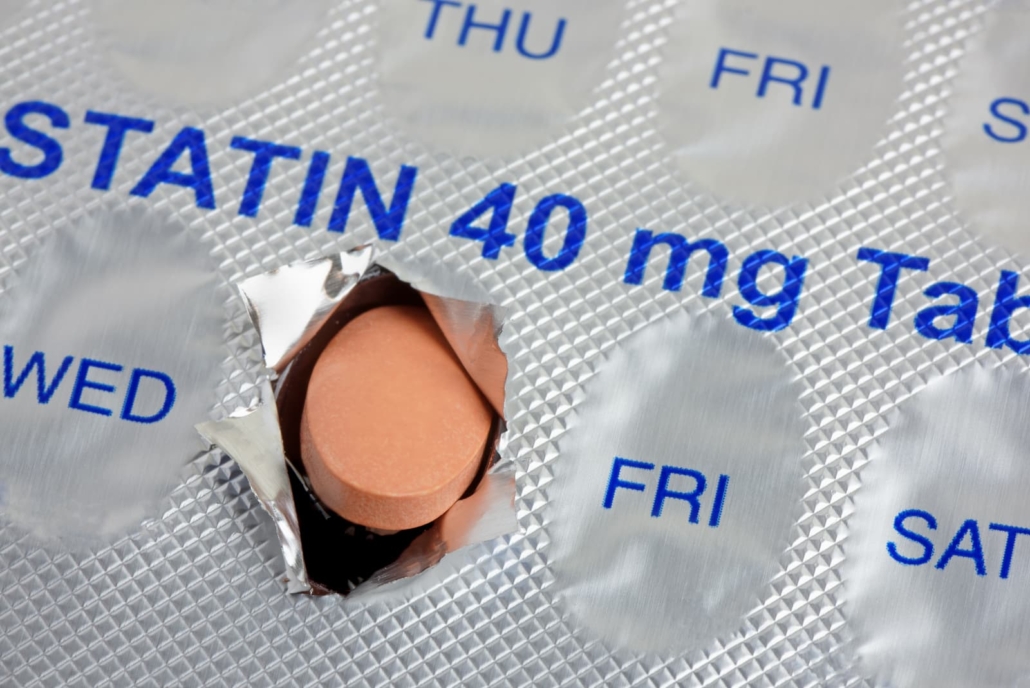New cardiovascular risk equations could dramatically reduce statin and antihypertensive prescribing
A study published in JAMA estimates that adopting new cardiovascular disease risk prediction equations could make nearly 16 million fewer US adults eligible for preventive medications, potentially leading to over 100,000 additional occurrences of myocardial infarction or stroke over 10 years.
Researchers from Harvard Medical School and other institutions have projected the potential impact of adopting new atherosclerotic cardiovascular disease risk prediction equations on eligibility for statin and antihypertensive therapy in the United States. The study, published in JAMA [1], estimates that using the new Predicting Risk of cardiovascular disease EVENTs (PREVENT) equations instead of the current pooled cohort equations (PCEs) could dramatically reduce the number of adults eligible for preventive medications.
The PREVENT equations were developed in 2023 by an American Heart Association (AHA) scientific advisory group to address limitations of the PCEs, including potential overestimation of risk, omission of important kidney and metabolic factors, and inclusion of race as an input. While PREVENT has shown improved calibration in contemporary populations, it has not yet been recommended to replace the PCEs in clinical guidelines.
Using nationally representative data from the National Health and Nutrition Examination Surveys (NHANES), the researchers estimated how many US adults would experience changes in risk categorisation, treatment eligibility, or clinical outcomes if PREVENT were applied to existing ACC/AHA guidelines without changes to treatment thresholds.
Substantial reductions in medication eligibility
The study found that using PREVENT instead of the PCEs would reclassify over half of US adults aged 40-79 years to lower ACC/AHA risk categories. This would translate to 14.3 million fewer adults receiving or recommended for statin therapy and 2.62 million fewer for antihypertensive therapy.
Most of the decline in eligibility would occur among men and adults aged 50-69 years. Black adults would become ineligible at higher rates than White adults for both statins (9.9% vs 8.0%) and antihypertensives (2.0% vs 1.4%).
The researchers also estimated that 4.77 million US adults would be recommended for initiation of moderate-intensity rather than high-intensity statins based on their projected risk using PREVENT.
Potential clinical implications
Using assumptions about guideline adherence rates and the relative risk reductions associated with preventive therapies, the researchers projected the clinical impact of these eligibility changes. They estimated that over 10 years, the decreases in statin and antihypertensive therapy eligibility could result in 107,000 additional cases of myocardial infarction or stroke.
However, there would also be some potential benefits, including an estimated 57,800 fewer cases of new-onset diabetes associated with reduced statin use.
The study found that newly ineligible persons had fewer cardiovascular risk factors compared to those who remained eligible, including decreased prevalence of obesity, hypertension, and chronic kidney disease.
Conservative estimates
The authors note that their estimates are likely conservative for several reasons. The main analysis did not consider eligibility changes among individuals currently receiving treatment, which may undercount those who were initiated based on PCE-predicted risk but would not have been with PREVENT.
A sensitivity analysis that modelled treated individuals as untreated estimated an additional 7.93 million adults currently receiving statins or blood pressure medications would not have been eligible when applying PREVENT to their pre-treatment values. This translated to a further increase of 77,500 cardiovascular events over 10 years.
Additionally, the study did not consider the clinical implications of decreased eligibility for high-intensity statins or evaluate ACC/AHA Class IIa/IIb recommendations.
While PREVENT advances the goal of more accurate cardiovascular risk prediction, the magnitude of these projected changes raises important questions about current treatment thresholds. The authors suggest careful reconsideration using decision-analytic or cost-effectiveness frameworks may be warranted.
The study also highlights potential concerns about differential effects on medication prescribing and access across racial groups, given longstanding disparities in cardiovascular disease treatment and outcomes. Future efforts to monitor and address such disparities will be crucial if new risk equations are adopted.
This study provides valuable insights into the potential real-world impact of changes to risk prediction tools. It underscores the importance of carefully considering how new equations are implemented and whether existing treatment thresholds remain appropriate in light of more accurate risk estimates.
Reference:
- Diao, J. A., Shi, I., Murthy, V. L., al. (2024). Projected Changes in Statin and Antihypertensive Therapy Eligibility With the AHA PREVENT Cardiovascular Risk Equations. JAMA. Advance online publication. https://doi.org/10.1001/jama.2024.12537
- Get free access to the JAMA research paper: Projected Changes in Statin and Antihypertensive Therapy Eligibility With the AHA PREVENT Cardiovascular Risk Equations.


